K2 Spice Spray
$300
50ML

Synthetic cannabinoids are a class of designer drug molecules that bind to the same receptors to which cannabinoids (THC, CBD and many others) in cannabis plants attach.[1] These novel psychoactive substances should not be confused with synthetic phytocannabinoids (THC or CBD obtained by chemical synthesis) or synthetic endocannabinoids from which they are in many aspects distinct.[2][3][4]
Typically, synthetic cannabinoids are sprayed onto plant matter[5] and are usually smoked,[6] although they have also been ingested as a concentrated liquid form in the US (United States) and UK (United Kingdom) since 2016.[7] They have been marketed as herbal incense, or “herbal smoking blends”,[6] and sold under common names like K2, spice,[8] and synthetic marijuana.[5] They are often labeled “not for human consumption” for liability defense.[8] A large and complex variety of synthetic cannabinoids are designed in an attempt to avoid legal restrictions on cannabis, making synthetic cannabinoids designer drugs.[6]
Most synthetic cannabinoids are agonists of the cannabinoid receptors. They have been designed to be similar to THC,[9] the natural cannabinoid with the strongest binding affinity to the CB1 receptor, which is linked to the psychoactive effects or “high” of marijuana.[10] These synthetic analogs often have greater binding affinity and greater potency to the CB1 receptors. There are several synthetic cannabinoid families (e.g. AM-xxx, CP-xx,xxx, HU-xx, JWH-xxx) which are classified by the creator of the substance (e.g. JWH stands for John W. Huffman), which can include several substances with different base structures such as classical cannabinoids and unrelated naphthoylindoles.[11]
Synthetic marijuana compounds began to be manufactured and sold in the early 2000s.[6] From 2008 to 2014, 142 synthetic cannabinoid receptor agonists were reported to the European Monitoring-Center for Drugs and Drug Addiction (EMCDDA).[12]
Reported user negative effects include palpitations, paranoia, intense anxiety, nausea, vomiting, confusion, poor coordination, and seizures. There have also been reports of a strong compulsion to re-dose, withdrawal symptoms, and persistent cravings.[12] There have been several deaths linked to synthetic cannabinoids. The Centers for Disease Control and Prevention (CDC) found that the number of deaths from synthetic cannabinoid use tripled between 2014 and 2015.[13][14] In 2018, the United States Food and Drug Administration warned of significant health risks from synthetic cannabinoid products that contain the rat poison brodifacoum, which is added because it is thought to extend the duration of the drugs’ effects.[15] Severe illnesses and death have resulted from this contamination
| Quantity | 50ML |
|---|
Be the first to review “K2 Spice Spray” Cancel reply
Related products
PHARMACEUTICALS
PHARMACEUTICALS
PHARMACEUTICALS
PHARMACEUTICALS
PHARMACEUTICALS
PHARMACEUTICALS
PHARMACEUTICALS

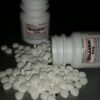
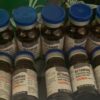




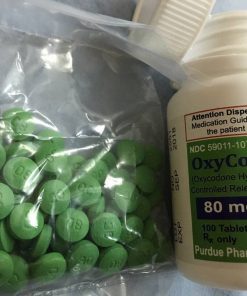
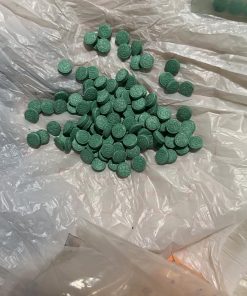

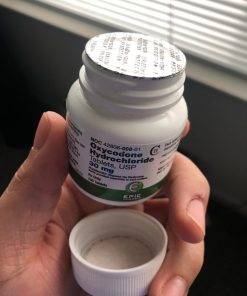


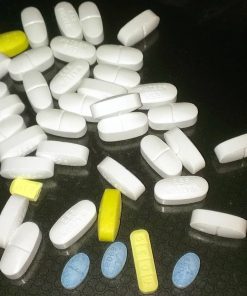
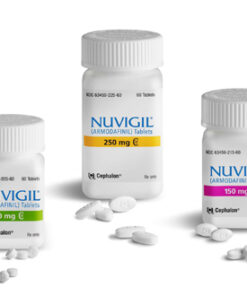
Reviews
There are no reviews yet.